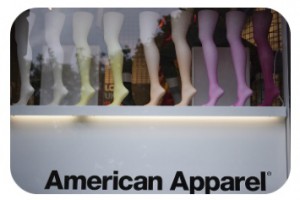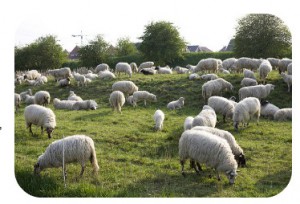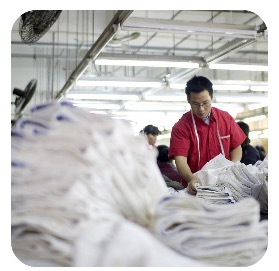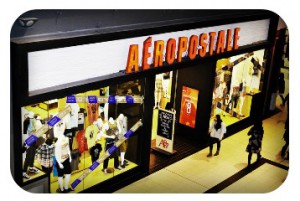 While Amazon has been an online retail powerhouse for years now, in 2017 the company showed the business world what a truly dominant force it could be. Along with buying Whole Foods during the summer, Amazon’s name came up constantly as the media discussed how the online outlet had upended the traditional retail industry. But despite all the talk about Amazon’s growing supremacy, the company still can’t compete in one of retail’s most lucrative sectors: fashion.
While Amazon has been an online retail powerhouse for years now, in 2017 the company showed the business world what a truly dominant force it could be. Along with buying Whole Foods during the summer, Amazon’s name came up constantly as the media discussed how the online outlet had upended the traditional retail industry. But despite all the talk about Amazon’s growing supremacy, the company still can’t compete in one of retail’s most lucrative sectors: fashion.
That’s not to Continue reading






